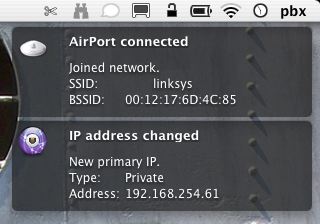Django progress
As of yesterday, Django has changed its model syntax. So code that formerly looked like this:
class Comment(meta.Model):
fields = (
meta.TextField('comment', 'comment', maxlength=3000),
meta.CharField('headline', 'headline', maxlength=255, blank=True)
)
will now look like this:
class Comment(meta.Model):
comment = meta.TextField(maxlength=3000)
headline = meta.CharField(maxlength=255, blank=True)
Sweet. This brings Django more in line with the Rails philosophy that syntax matters. Making things easier for the developer to type, remember, and read can only bring good things.
